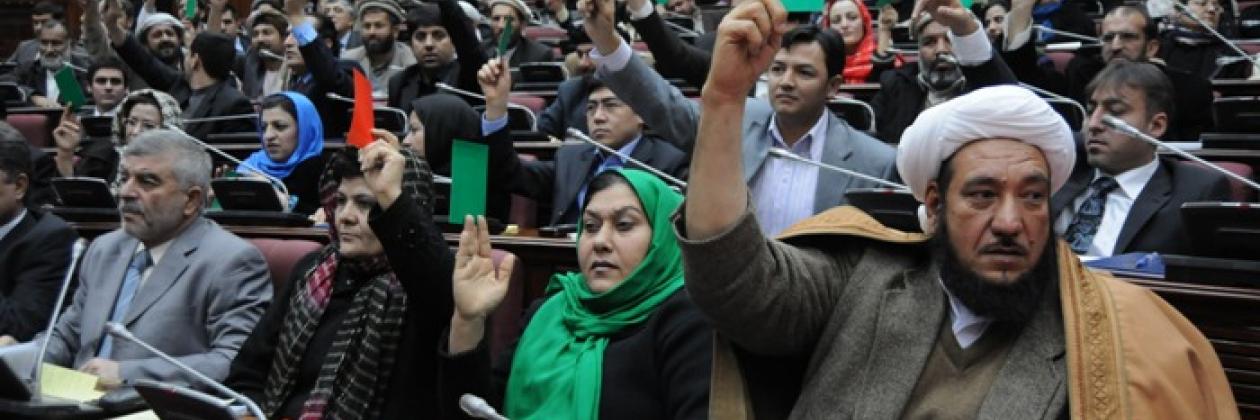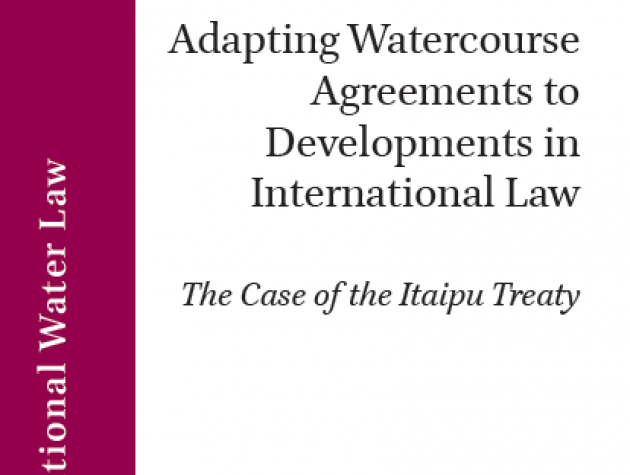GEG WP 2016/117 Improving the Fragile States’ Budget Transparency: Lessons from Afghanistan
Abstract
What drives improvements in the budget transparency of fragile states? By investigating the dynamics of budget transparency in post 9/11 Afghanistan, this paper demonstrates that factors such as budget reforms, aid conditionality, legislature and civil society (and media) demands for information partially explain the improvements in budget transparency, as measured by Open Budget Index. It is important how these factors interact. Government ownership, continuity and stakeholders’ interests thus matter. Budget transparency tends to improve when the government leads the budget reforms, continuity in the reforms exists and multiple actors’ interests—government, legislature, donors and civil society—are aligned and reinforce the transparency efforts.
This paper may offer two main lessons for fragile states. Firstly, the implementation of governance reforms, though complex, is possible in fragile states. When stakeholders easily understand a set of reforms, ownership is clearly defined and actors have consensus about the expected outcomes, the likelihood of success tends to be high. Secondly, as spending through the recipient budget tend to be more transparent than donors direct spending, as far as concern about transparency, it is more efficient for donors to channel a greater portion of their aid through the recipient budget.







